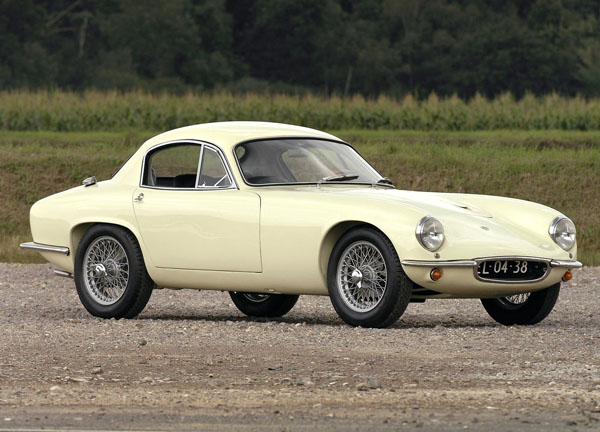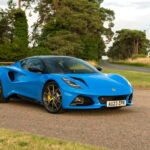Every road car produced by Lotus has received technical acclaim. The most important Lotus road car, launched at the London Motor Show of 1957, was the Elite. The Elite was, more than any other Lotus, a racing car for the road although it was never designed specifically as such! Not only did this car have stunning looks – as a two-seater fixed head coupe – it was technically unique by having monocoque construction entirely of fibreglass.
The Elite’s engine was another variation of the Coventry-Climax theme, being a 56kW/1216cc unit with a single SU carburettor, although a twin-carb/63kW version was also on offer. It was a special FWE version of the Coventry Climax unit that had proved to be highly successful in small sports racing cars.
Fearing invasion during the Korean war in 1950, the British government issued tenders for the supply of ultra-light fire pumps, easily carried by two men, to places where ordinary civil defence appliances could not reach. Specialist engine builders Coventry Climax won this order. Their new featherweight pump engine (FWE) had an alloy cylinder block and head to keep down weight. In order to reach a wider market, Coventry Climax encouraged small car constructors to use this unit. They were still looking for orders when approached about a special engine for the Elite in 1957.
The Elite had all round 240mm diameter disc brakes to reduce wheel bearing loads with leading-edge calipers, and independent suspension, allied to rack and pinion steering, together with centre-lock wire wheels. The suspension was derived from that chosen for the 1957 Lotus 12 Formula Two single seater. Using coil springs wrapped round the shock absorber on each corner, this system was wonderfully light and simple. The sports racing car, however, had a variety of rear suspension systems, dependent on the power that had to be transmitted and a price that customers could afford to pay. The coil spring and damper units provided the springing medium at the front and an even more basic part of the rear suspension and was designed to save as much weight as possible.
The Elite’s interior was primarily functional. Exceptionally high-backed seats ensured comfort. The speedometer, rev counter, ammeter, oil pressure, fuel and temperature gauges were all mounted on the steel instrument panel. Heater, screen washers, seat belts, special colours and competition equipment were available as extras.
As British insurance companies refused to accept the car as a normal risk until there was an adequate supply of spare bodyshells, 100 were ordered from a fibreglass boat building company before sales could start.










